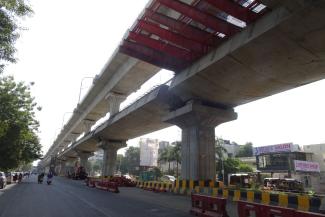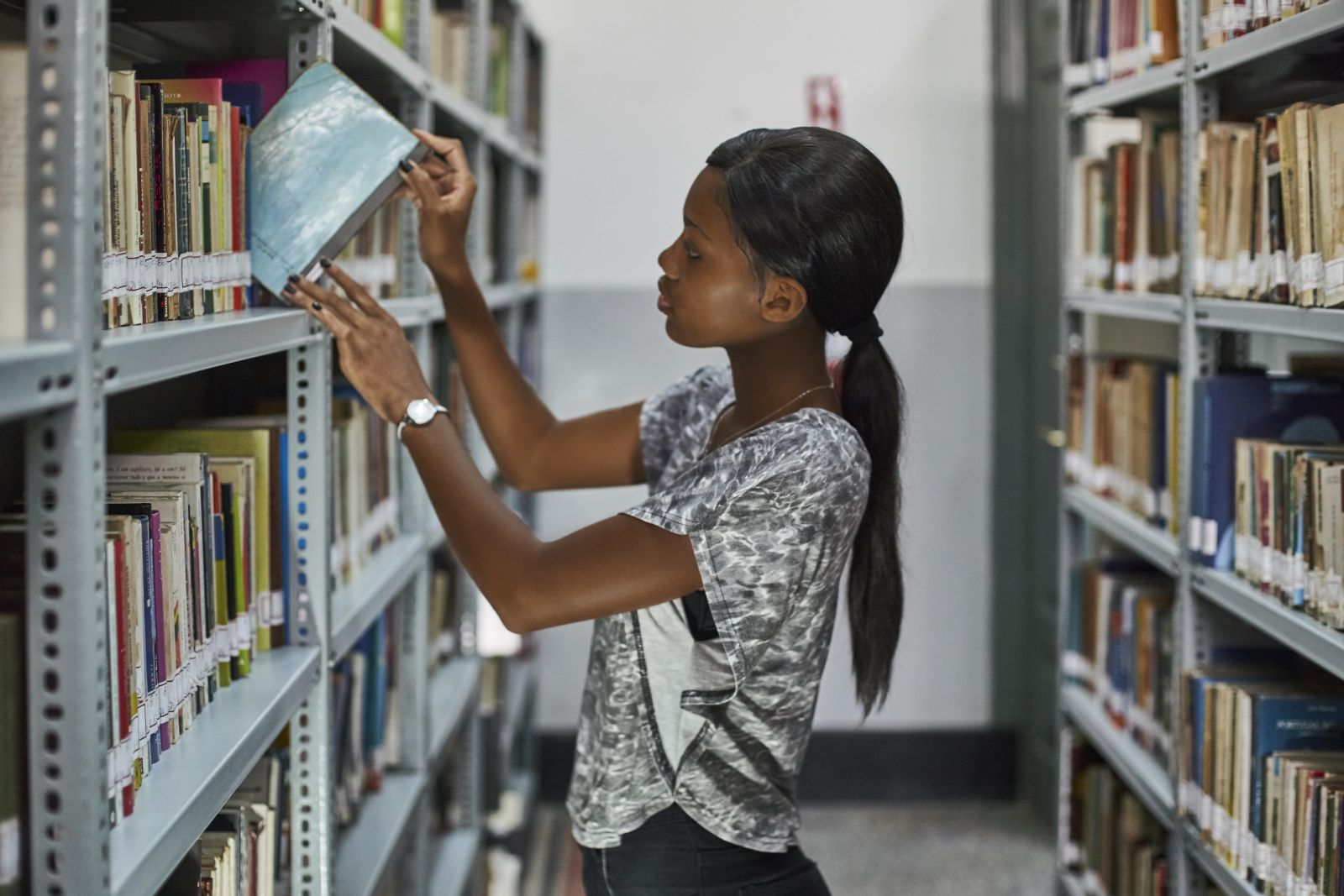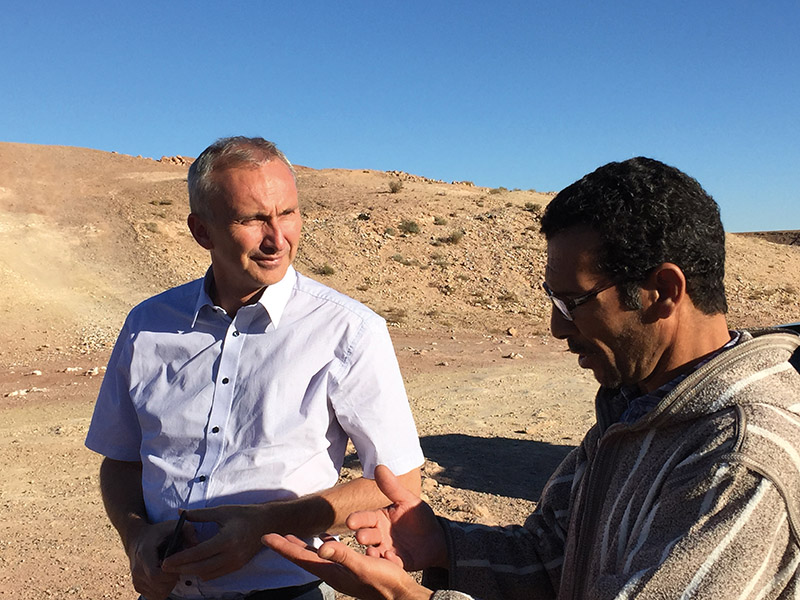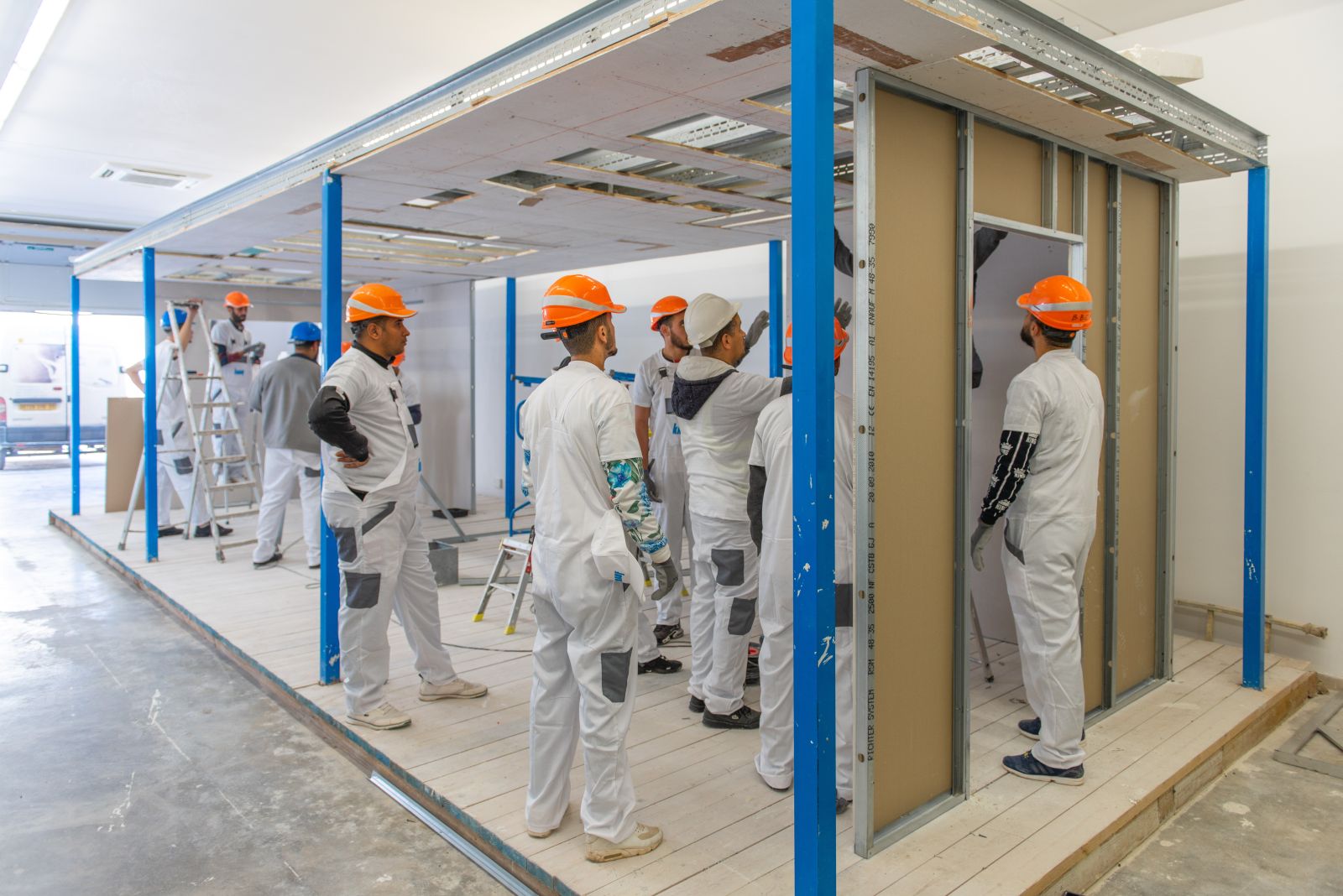Mobility
A contribution to sustainable transport

The elevated trains will plough through the centre of the city of 2.4 million – a medium-sized metropolis by Indian standards. Over 70 % of the 42-kilometre-long track has already been built. The management says that work is going on at the construction sites every day around the clock. The new light-rail system will rest on meter-thick concrete pillars, atop of which, eight metres up, the new track can already be seen. A 4.5-kilometre-long double-decker flyover in the heart of the city is particularly impressive: the street runs along the ground level, and the metro will be on the second and third level.
The Maharashtra Metro Rail Corporation (Maha Metro for short) is developing, building and operating the enormous infrastructure project. It is an Indian public sector company which is jointly owned by the national government and the state government of Maharashtra. Ramnath Subramaniam is the Maha Metro manager in charge of planning. He spent one day taking visitors from Germany on a tour of construction sights. The visitors were KfW employees and journalists, who were invited by the bank. Subramaniam proudly told them: “The work is on schedule, there are hardly any delays, and we will certainly finish on time.” The Nagpur Metro should start operating in 2020.
The city authorities hope that the new means of public transport will bring a number of advantages. Until now, Nagpur does not have any public transport to speak of. There are a few municipal buses, but they make up less than ten per cent of local traffic. The buses are poorly maintained, unreliable and shabby. “Who would want to ride in a bus like that if you can take a brand-new metro instead?”, Subramaniam asked.
Most people ride mopeds into the city, and a smaller number drive cars. Private minibuses, taxis and rickshaws (both of the cycle and the motorised varieties) are available too, but they offer rather poor services. Individual passenger transport makes up over 70 % of traffic. The management of Maha Metro hopes the new railway will improve matters. As in many cities in India, traffic jams, poor air quality and noise are part of everyday hassle on the streets of Nagpur.
Nagpur’s stated goal is to provide climate-friendly mobility and to shift personal transport towards public transport. The core of the new transportation plan is the metro, which is being built along two corridors (north-south and east-west). There will be a total of 40 stations and two depots to maintain the trains.
In order to encourage widespread use of the metro, people must get to the stations easily. The planners are aware of the matter, Subramaniam says. The stations will be surrounded by infrastructure for non-motorised transport, like pedestrian and bike paths or bike sharing. Park & Ride spots for mopeds will also be built. Moreover, electric buses will provide feeder services. But despite all this careful planning, the Maha Metro manager knows how difficult it is to get people to change their habits: “It will take some effort to convince people to switch to the metro.”
The affected residents did not strongly oppose the construction, says Brijesh Dixit, the managing director of Maha Metro. According to him, fewer than 100 people had to be relocated, and they were generously compensated. “It was primarily shop owners who were affected, but some of them will be able to continue to operate their businesses at the new stations”, he said.
Maha Metro plans to run awareness-raising campaigns in order to win people over. The company expects to have 380,000 passengers per day by 2021, one year after the project’s planned implementation. It should have over half a million by 2041. By shifting traffic from the streets to the tracks, Nagpur expects to reduce carbon emissions by an annual 67,000 tonnes. Air quality should improve thanks to the reduction of particulate matter and nitrogen oxide emissions. The project should create around 1,700 directly-related jobs. According to Subramaniam, moreover, about 10,000 workers are currently busy on the construction sites.
In order to make the project even more sustainable, Maha Metro is implementing other goals as well, the executive director affirms: the stations are being designed and built to be energy efficient, and a big part of the electricity used by the metro will come from solar panels. All wastewater will be recycled, rainwater will be collected and used, and a new tree will be planted at other locations for every one that has been cut down. So far, 5,000 new trees have been planted.
In the eyes of KfW, this comprehensive approach to sustainability is convincing. It is supporting the metro project with a loan worth half a billion euros. That is the largest single loan the bank has ever granted. France’s Agence Française de Développement (AFD) has provided a further € 130 million, and the rest of the costs are being shared equally by India’s central government and the government of Maharashtra. The total cost of the project will amount to about € 1.2 billion. While visiting the site, Joachim Nagel, a KfW board member, expressed his satisfaction: “The project is very well managed and is proceeding according to plan.”
He and the rest of the German delegation happily boarded a brand-new, Chinese-built metro car for a test drive and learned about the technology along the way. The cars are still sparklingly clean, and the air conditioning lowers the temperature of the hot Indian air to around 20 degrees.
Sabine Balk is a member of D+C/E+Z’s editorial team and visited the new metro in Nagpur by invitation of KfW.
euz.editor@fazit-communication.de













